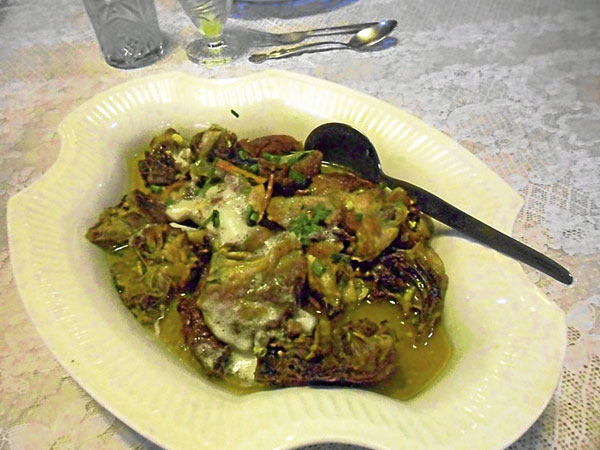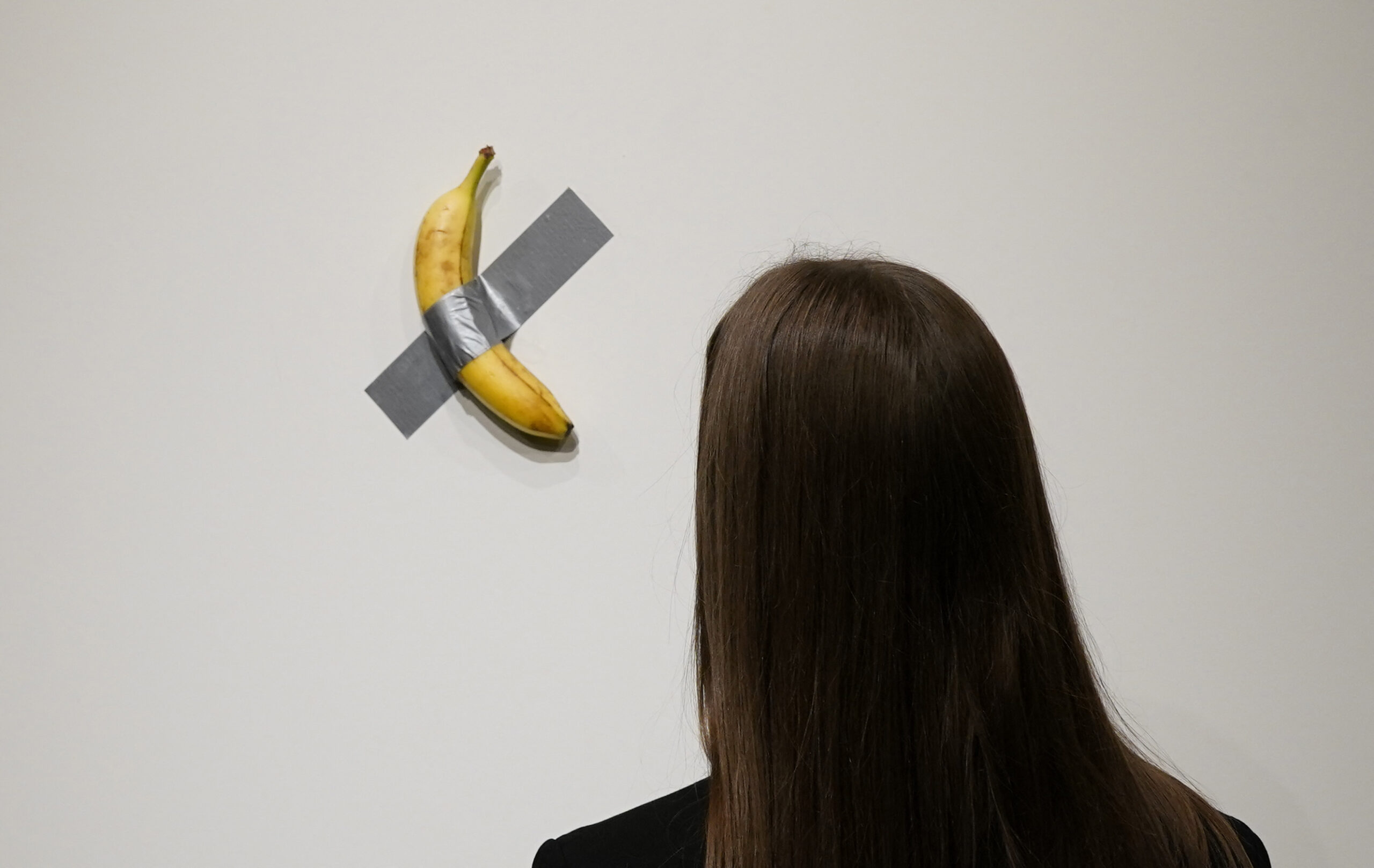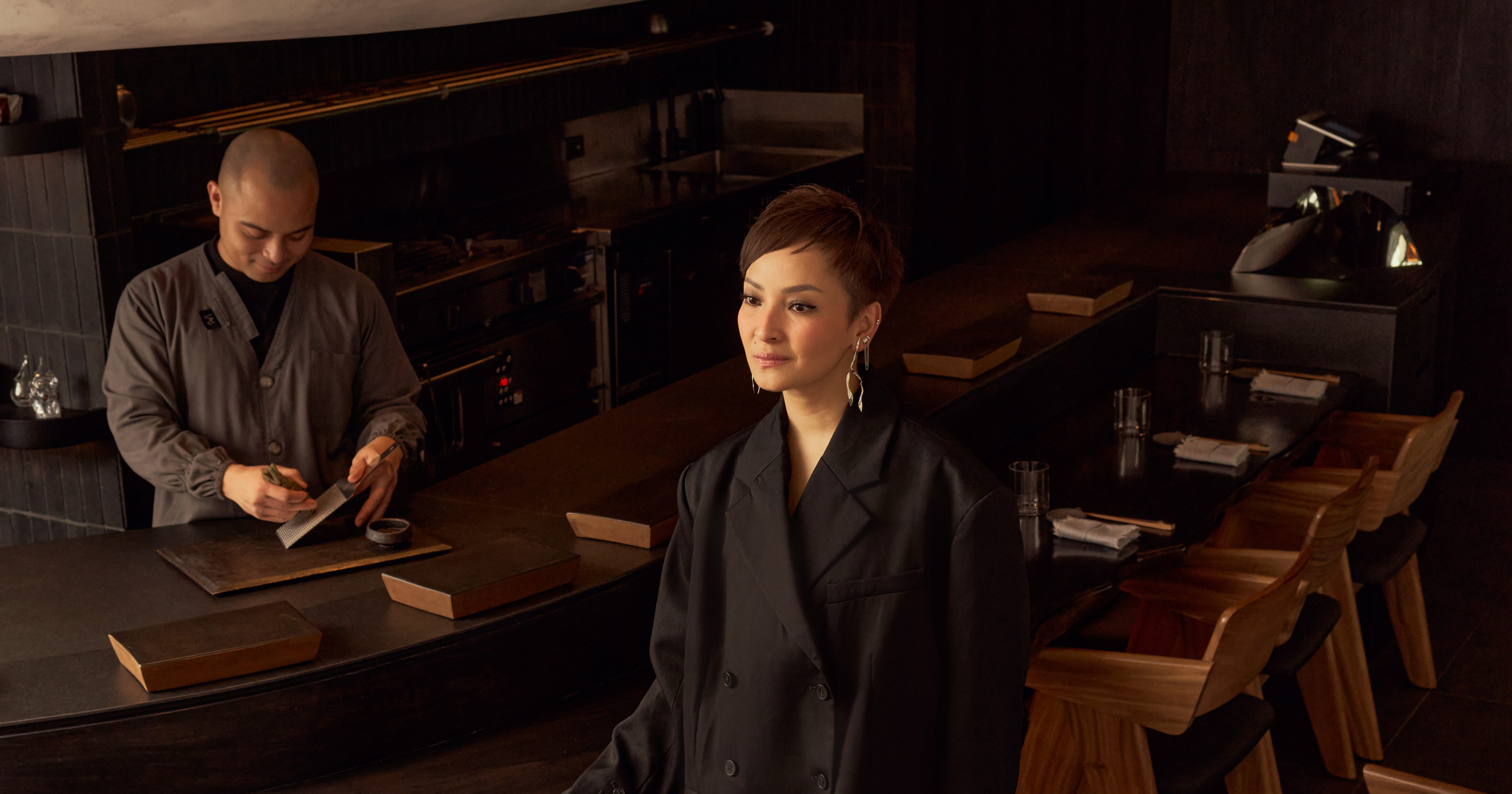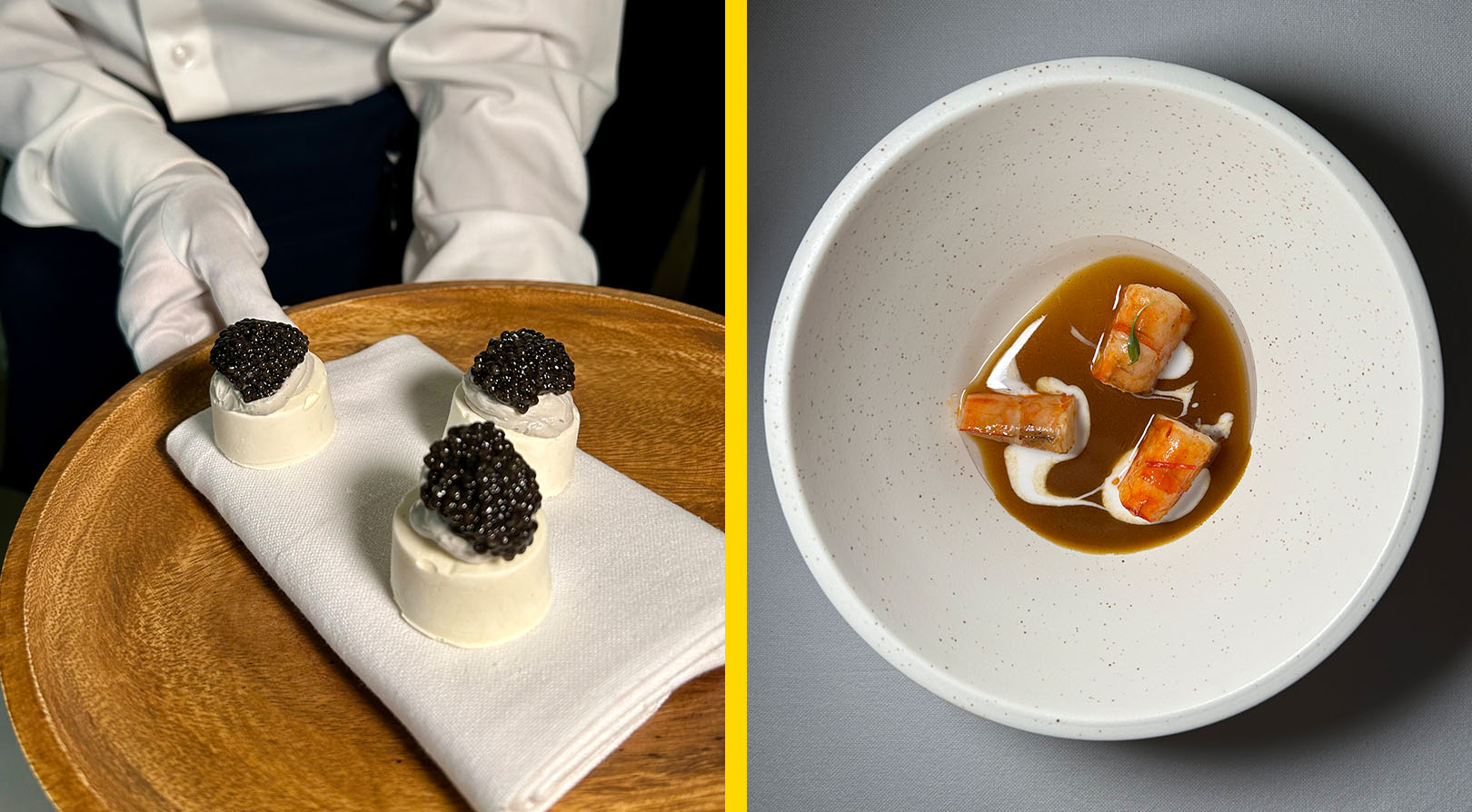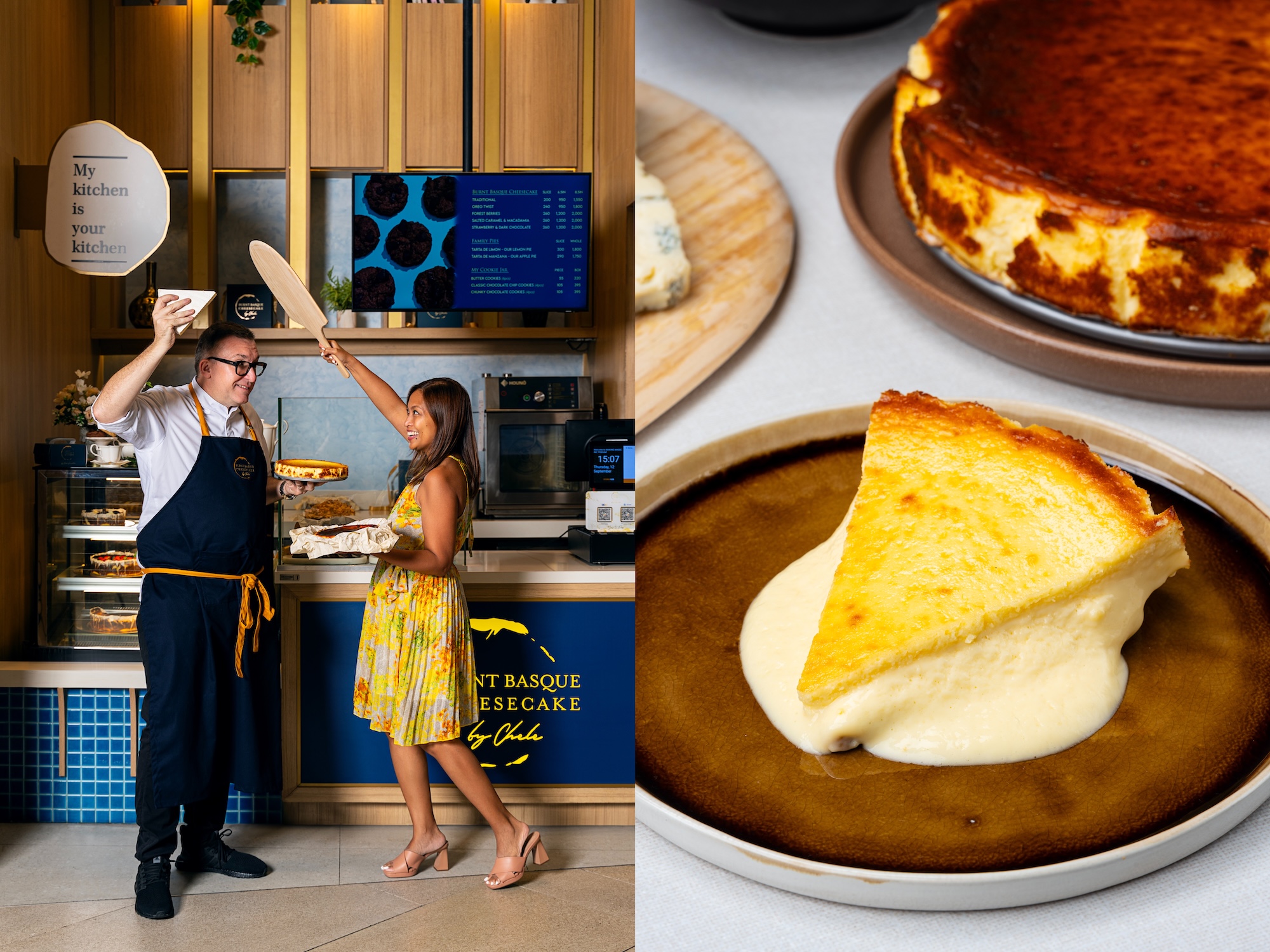The Philippine restaurant industry saw positive light last year with forecasts for the rest of 2019 being generally on an upward trend. There has been a steady growth in the number of food joints that have reached an increase of about five percent since 2011.
Of the number, less than half were in NCR alone and in the last four years, about 3,000 restaurants have opened. This seems to coincide with the growing statistic of Filipinos who are setting aside money for meals outside their homes.
New restaurateurs are feeling the pressure in light of this booming industry. Those planning to put up culinary establishments will need to come up with concepts that not only attracts a steady stream of customers but also transform them into loyal clients.
Besides serving quality food, having the right price points is another key factor to consider. Prices can sometimes determine whether or not someone will dine in your restaurant. If they’re too high, you might turn away new customers; too low and you can affect your profit. Menu prices must be attractive to your target market and balanced to cover your expenses.
Figuring this out is a tedious task and it all starts with doing food costing, a process that most don’t enjoy because of the amount of work and time it requires.
Basic food costing
Food costing is an exact science and must be done precisely in order to determine the right menu prices for your restaurant. Inaccuracy can result in loss of earnings in the long run.
So where do you begin? Toast suggests calculating your food cost percentage using this formula:
Food Cost Percentage = (Beginning Inventory + Purchases – Ending Inventory) ÷ Food Sales
At the beginning of a new week, list down all food items you’ll be needing to cook your dishes, including cooking oil or any condiments. Be specific in the type and the amount required by the recipe; with the latter, keep in mind that sometimes parts of the food item get lost during prep time. Take into account possible food spoilage during the week as well. The total value of all the ingredients will serve as your beginning inventory.
Any restaurateur will reap the benefits of accurate food costing. This process lets you have some sort of control over how profitable your establishment can be. It allows you to keep track and stay within your budget while maximizing profit.
Throughout the week, take note of additional purchases of any food item in your inventory. By the end of the week, do another tally of your remaining food and compute the total value.
Combine the beginning inventory with the purchases for the week then take your ending inventory and subtract it from the former. Divide that amount with your sales from the week and you will get your food cost percentage per week.
If that number falls within the 25 to 35 percent range, it’s safe to say that your restaurant is financially healthy. Adding in other non-food expenses such as electricity, labor, and restaurant maintenance would result in a cost equivalent to about 75 percent of your sales.
Best practices
Before you begin food costing, involve your chef and the people who will be cooking in your establishment as they know best the ingredients and how much will be used in the dishes. Additionally, keep track of market prices, especially with seasonal food items. They can change drastically depending on season and availability. Enlist the help of your accountant and sales team, too, so they can advise you on the next steps after you conduct food costing.
When you begin tallying and tracking your food items for inventory, be as accurate as possible. Check whether your measuring tools are functioning properly and provide ample staff training to use them properly.
While food costing can be done manually, you can also utilize software that automatically calculates food cost for you. This minimizes human error and can provide more precise results.
Benefits of food costing
Any restaurateur will reap the benefits of accurate food costing, no matter how complicated and laborious it may be. This process lets you have some sort of control over how profitable your establishment can be. It allows you to keep track and stay within budget while maximizing profits.
You also get to make informed decisions when it comes to your restaurant menu items. In terms of pricing, for instance, instead of just depending on the competition for pricing, you can base it on your food costs and charge maybe three times more.
It also lets you track portion sizes and apply any subtle changes where needed. When prices for a particular ingredient go a bit higher and you see it affecting food cost percentage, then you can look for other suppliers to source from. You can also become more mindful of reducing food waste as every little thing counts.
Food costing lets you see which types of dishes are popular with your customers and which ones you can remove temporarily. Seasonal menu changes are also possible as you can introduce fresh recipes with lower risk. Your restaurant will not only boast of new offerings, but you open up new opportunities to increase sales and profits.
Food costing is a vital part in setting up and running your restaurant. When executed properly, it can also contribute to your establishment’s success in the industry.

